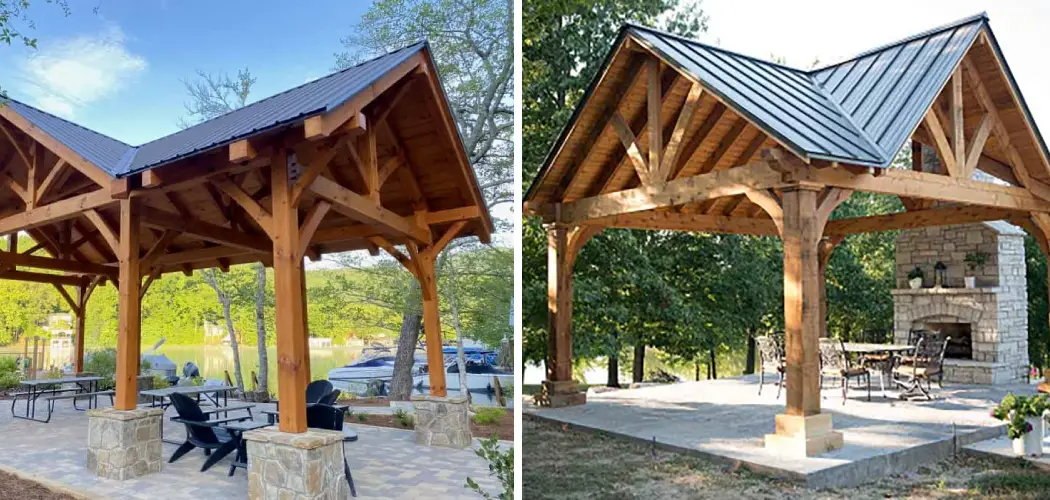Building an outdoor pavilion is an exciting venture that can significantly elevate your outdoor living experience. Whether you envision a cozy retreat or a space for entertaining, a well-constructed pavilion offers shelter, style, and a perfect blend of indoor and outdoor ambiance. In this comprehensive guide, we’ll walk you through the essential steps on how to build an outdoor pavilion.
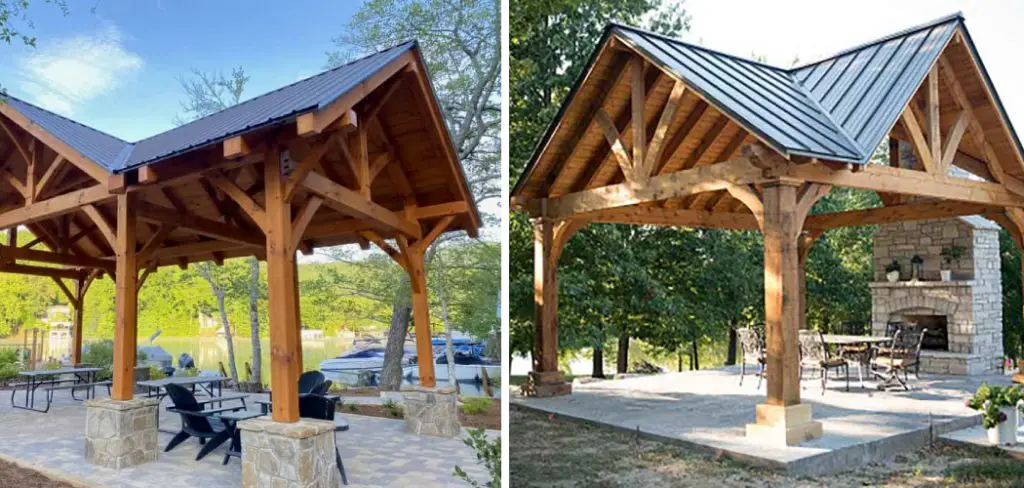
From choosing the ideal location and gathering the necessary materials to constructing the framework and adding finishing touches, we’ll cover all aspects to help you bring your pavilion project to fruition. Let’s delve into this journey of craftsmanship and creativity, empowering you to create an inviting outdoor oasis where you can unwind, entertain, and enjoy the beauty of nature.
The Benefits of Having an Outdoor Pavilion
An outdoor pavilion is an excellent addition to any home or business. Not only do they provide additional space for entertaining, but they can also enhance the beauty of your landscape. There are many benefits to having one on your property, such as:
- Increased value and appeal to your property – An outdoor pavilion will add significant increased value and aesthetic appeal to your property. It can be a great place for entertaining guests and enjoying the outdoors without worrying about weather conditions.
- Proper shelter – Whether you’re hosting a group of friends or family members, an outdoor pavilion provides adequate shelter from the elements so you don’t have to worry about dealing with rain or sun during your gathering.
- Increased security – Installing an outdoor pavilion will help increase the overall security of your property. It can act as a barrier between your home and potential intruders, making it less likely that someone will try to gain access to your home or business.
- Increased privacy – An outdoor pavilion offers you more privacy than other types of structures. You won’t have to worry about nosy neighbors or passersby walking by and seeing what you’re up to.
- Increased flexibility – With an outdoor pavilion, you can host a variety of events depending on your needs. You can use it for family gatherings, dinner parties, weddings, corporate events, or any other type of gathering that requires extra space.
Before you start building your outdoor pavilion, make sure to take into account all of the benefits it can bring you. Doing so will ensure you get the most out of your investment and enjoy all the advantages that come with having an outdoor pavilion on your property.

Importance of Planning and Safety Considerations
Before starting any project, it’s important to plan out the steps ahead of time. For outdoor projects, like building an outdoor pavilion, this is especially true – you need to consider factors such as location of your pavilion and how much space you have available.
You should also take into consideration whether or not you need a permit for the construction project. The last thing you want is to have a building inspector come in and tell you that your pavilion is not up to code.
Safety should always be your top priority when performing any construction project. Make sure that all tools are properly inspected and maintained before using them, and wear protective clothing such as safety goggles, gloves, masks, and boots while working with power tools or heavy materials to avoid any potential hazards.
It’s also wise to take a few moments to familiarize yourself with the instructions that come with the tools and materials you’re using, in order to ensure that everything is used correctly and safely.
10 Steps How to Build an Outdoor Pavilion
1. Plan the Pavilion Design:
Before you start building an outdoor pavilion, it is important to plan out the design of your pavilion. Consider factors such as size, shape, and materials, and make sure that your design meets local building codes. You should also consider the type of activities that will be taking place in the pavilion and whether or not you need to add any special features such as a fire pit or kitchen area.
2. Gather Materials:
Once you have finalized your design, it’s time to gather all of the materials you will need for construction. This includes lumber for framing, decking boards for flooring, roofing material such as shingles or metal panels, fasteners such as nails and screws, and any other items that are necessary for construction. Make sure to purchase enough materials so that there are no delays during construction due to a lack of supplies.
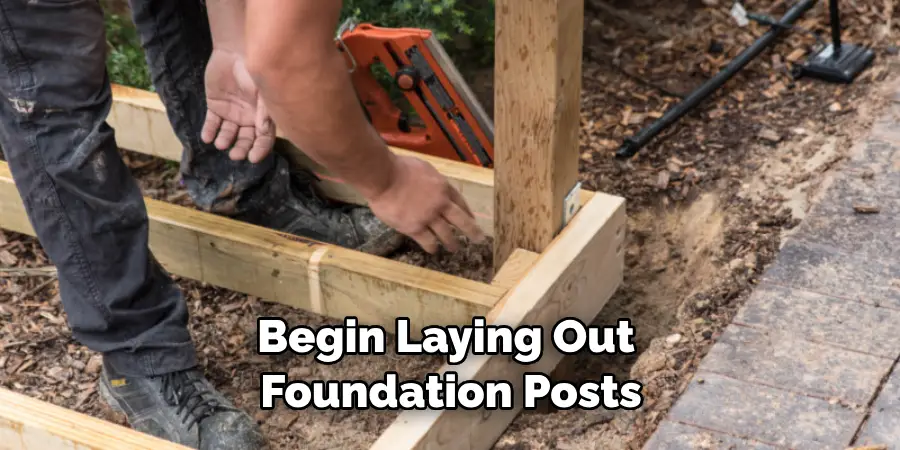
3. Clear the Building Site:
Before beginning construction on your outdoor pavilion, it is important to clear the building site by removing any debris or vegetation from the area. This will help ensure that there are no obstacles in the way when it comes time to build the structure. Additionally, it will help to make the area look cleaner and more inviting.
4. Lay Out Foundation Posts:
Once the building site is cleared, you can begin laying out foundation posts for your pavilion using stakes and string lines. Make sure that these posts are level and spaced evenly apart so that they provide a solid base for your structure.
However, it is important to make sure that the posts are also set deeply enough into the ground so that they can provide sufficient support for your pavilion. Next, attach a ledger board to these posts and secure it with lag screws and galvanized bolts. This will serve as an anchor point for other beams and components of your outdoor pavilion.
5. Install Beams & Joists:
Once the foundation posts are in place, install beams across them which will serve as support beams for your structure’s roof and walls. Then install joists across these beams, which will provide support for your flooring material once installed later on in the construction process. Make sure the joists are spaced evenly. Also, secure both the beams and joists in place with structural screws or lag bolts.
6. Install Deck Boards:
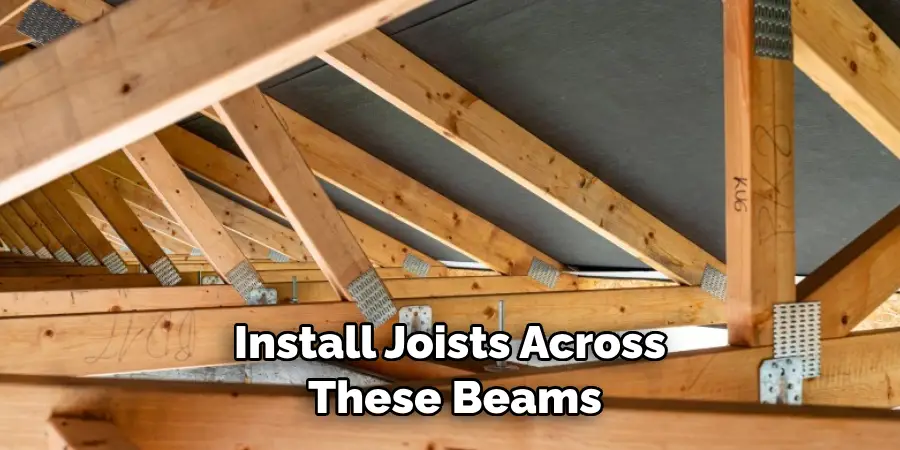
After installing joists across your beams and ensuring they are level with each other, install deck boards across them, which will form the floor of your outdoor pavilion once finished with the installation process.
Start by attaching the first board to the outermost joist with deck screws. Make sure you use at least 3-4 screws per board and that they are evenly spaced out. Continue screwing each board down until the entire area has been covered, making sure to stagger the seams so boards don’t line up directly next to each other.
7. Install Wall Panels:
Now it’s time to install wall panels around the perimeter of the structure using appropriate fasteners such as nails or screws, depending on the type of wall panel being used (wooden vs metal). Make sure these panels fit securely against each other at corners and along sides so they form a solid wall system around perimeter of the structure when finished with the installation process.
8. Install Roof Trusses & Panels:
Now it’s time to install roof trusses across the top of the structure, followed by roof panels over the top of the trusses depending on the type of roofing material being used (shingles vs. metal).
Make sure these trusses fit securely against each other at corners and along sides so they form a solid roof system when finished with the installation process. The roof panels should overlap along the sides and corners to ensure a complete seal for the structure. Finally, install flashing along any joints between trusses and wall beams for additional protection against water damage.
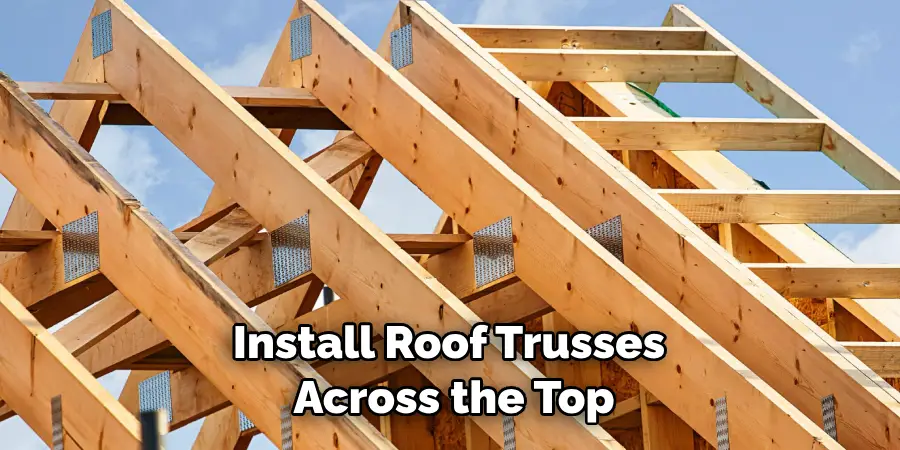
9. Finish Exterior Details:
After installing trusses & panels for roof system, it’s now time to finish exterior details, such as adding trim around the edges & corners of the structure if desired, followed by painting/staining the entire exterior surface if desired.
Depending on the design and material used, there can be a lot of detailed work needed to achieve a truly beautiful outdoor pavilion. For example, if cedar clapboards are used for the exterior walls, then corner boards & trim pieces will need to be milled & installed around windows/doors as well as along roof lines&edges.
10. Enjoy Your Outdoor Pavilion!
Congratulations! You have now successfully built an outdoor pavilion! Now, all you have left to do is enjoy this beautiful new addition to your backyard space by hosting barbecues & other gatherings with family & friends!
Be sure to have the proper tools and supplies on hand to maintain your pavilion. You may want to invest in covers for the roofing, which will help protect it from rain, snow, or other inclement weather.
Common Mistakes to Avoid When Building an Outdoor Pavilion
When it comes to building an outdoor pavilion, there are several mistakes that can easily be made. To ensure you get the best product and experience out of your build, here are some common mistakes to avoid:
- Not factoring in the weather: While most materials used for a pavilion will be able to withstand light rain or wind, it is still important to consider how the weather might affect your build. Make sure to check the forecast and plan accordingly, especially if you live in an area that experiences extreme temperatures or storms.
- Not measuring twice: It is important to double check your measurements before starting construction. This will ensure that all materials are cut correctly and fit together properly during assembly.
- Using low quality materials: Using low quality or outdated materials can negatively impact the durability and appearance of your pavilion. To get the best outcome, make sure to select appropriate building materials designed for outdoor use.
- Not leveling the ground: Before starting construction, it is important to level the ground where you will be building your pavilion. This will ensure that your structure is stable and even.
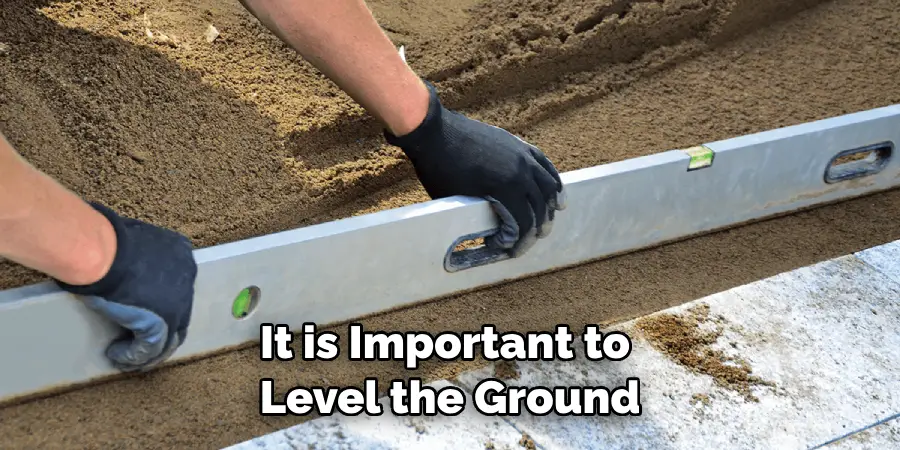
Conclusion
To conclude, building an outdoor pavilion is a practical way to enjoy your backyard or garden space. From planning and prepping the ground to laying the stones and constructing the real structure, this project requires plenty of time, hard work, focus and attention.
With a little elbowgrease and these handy instructions though you’ll be sure to create an outdoor oasis that will be enjoyable for years to come. Need some more help? No problem! We’ve got lots of advice on this topic – just check out our other blog that covers how to build an outdoor pavilion from from start to finish – so don’t wait any longer and get started. The sooner you begin the sooner you can kick back in your paradise!

